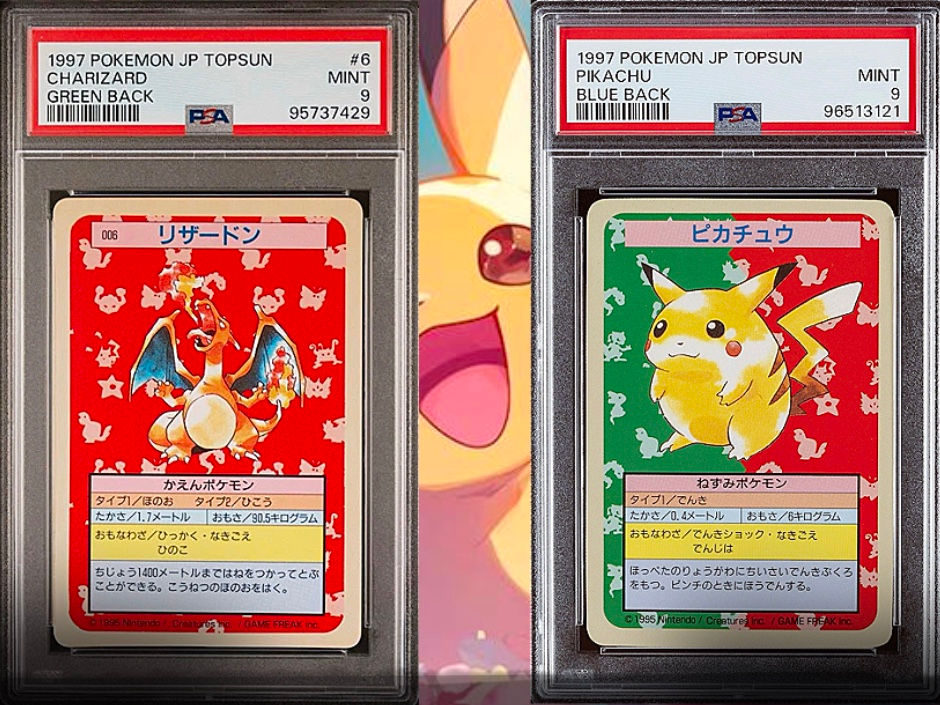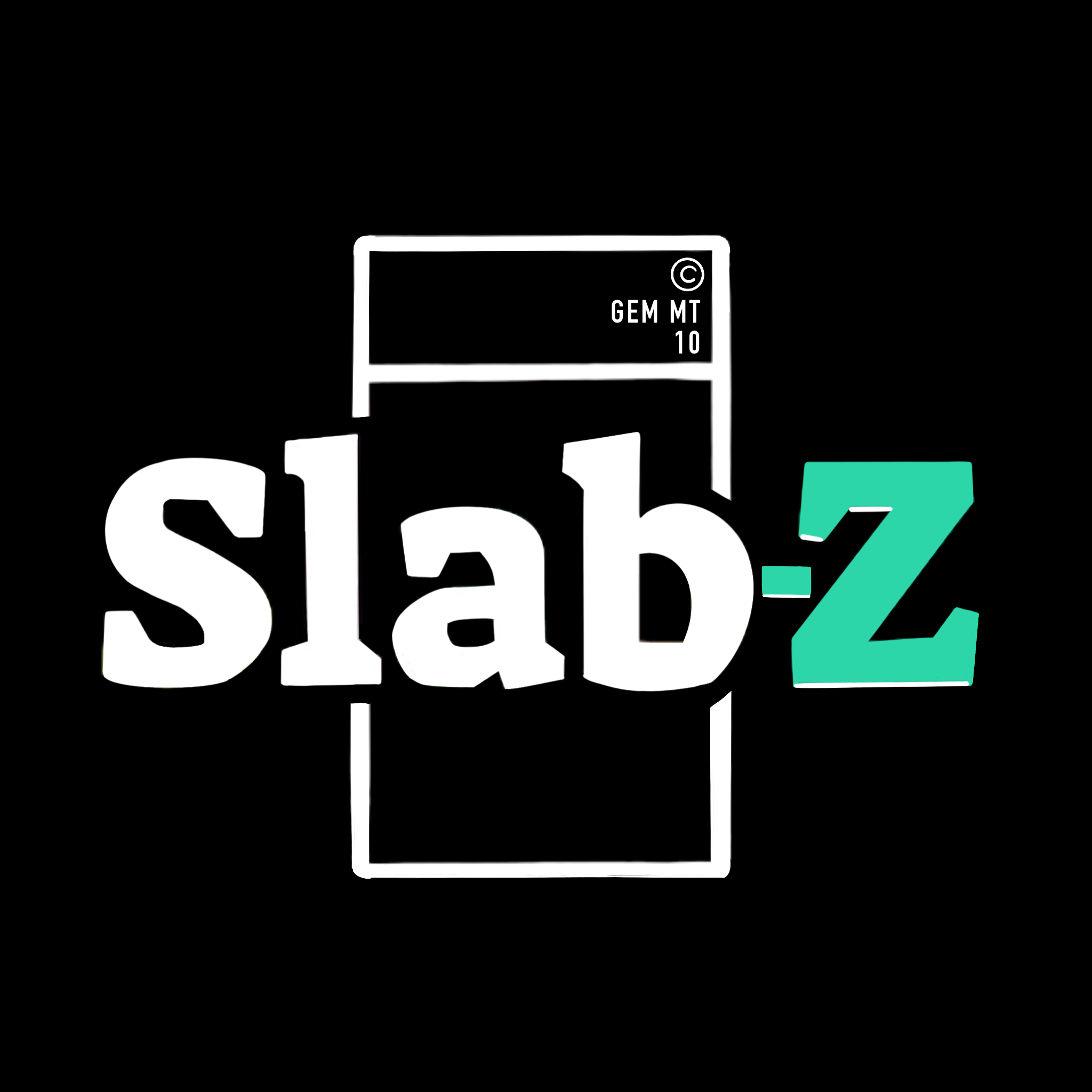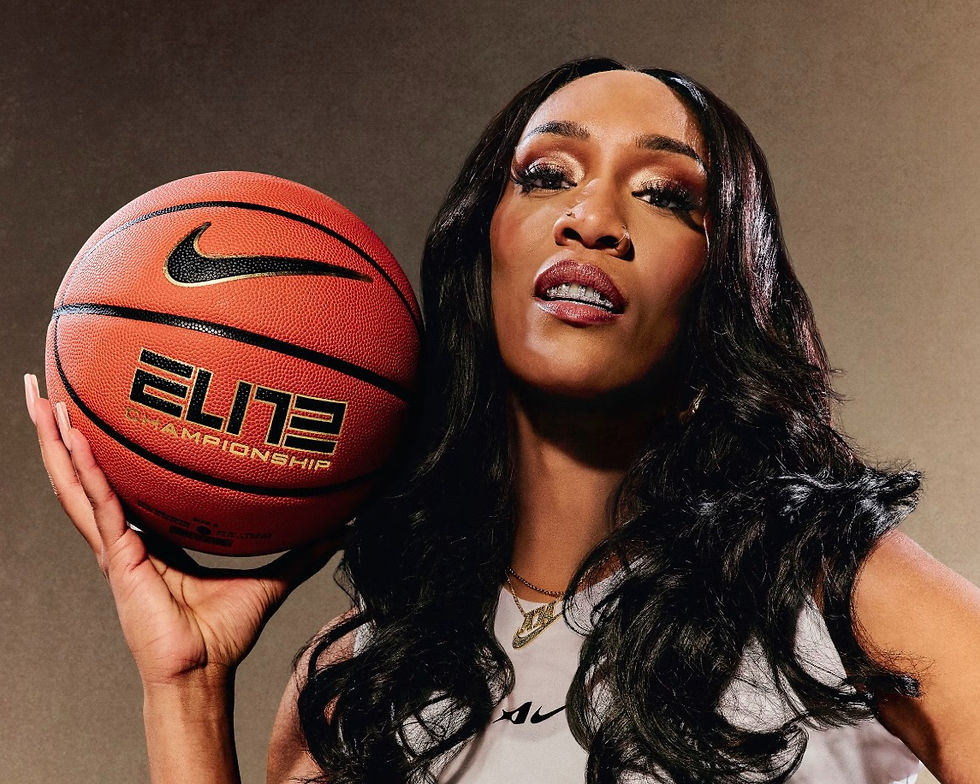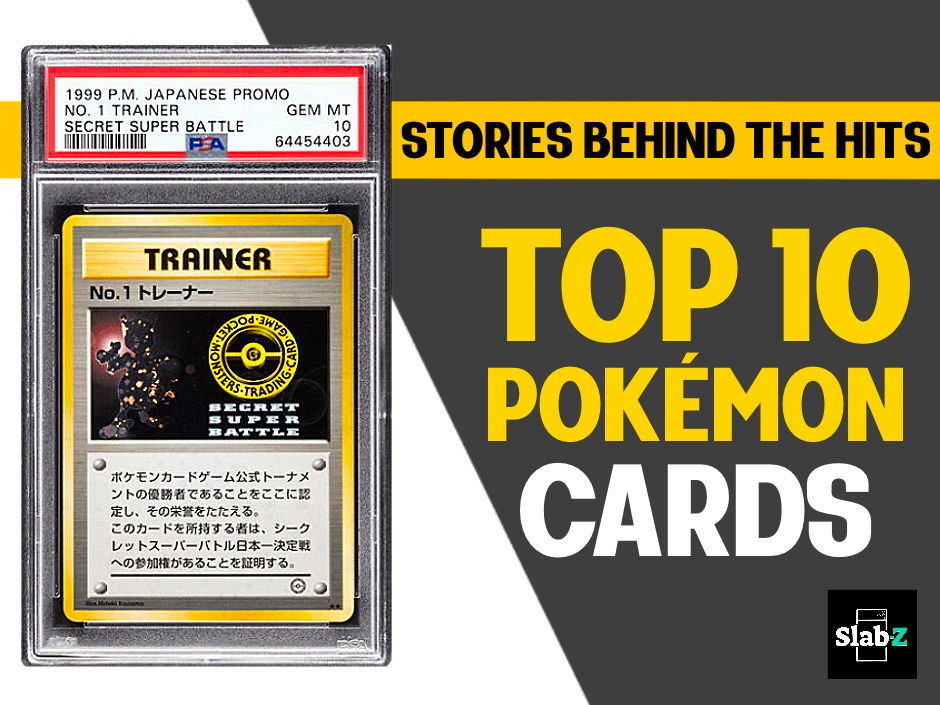The Rise Of Pokémon Topsun Cards: Controversy and Rarity
- Patrice Journ

- Jul 26
- 3 min read
Updated: Aug 20

At the peak craze back in 2021, a mislabelled 1995 Pokémon Topsun Charizard Blue Back was sold in auction at Goldin for a whooping $481,200.. Pokémon Topsun cards are gaining back traction lately, especially as the market for rare vintage cards reaches new heights. But few realize that the Topsun set has long been at the center of a heated controversy: its origins. Many collectors believed these cards, produced by the Japanese company Top-Seika, to be among the very first Pokémon cards ever released, mainly due to mislabeling by grading companies like PSA and BGS, which initially dated them to 1995. This was based on the printed copyright, “1995 Nintendo,” on the cards.

However, the later reflected the date of the original copyright agreement, which is not the same as a licensing though they are related. Recent official statements shed new light on this confusion.
The Historical Debate: When Were Pokémon Topsun Cards Really Made?
For years, some argued that Topsun Pokémon cards were the earliest, but an official statement from Top-Seika clarifies that they didn’t have the rights to produce Topsun Pokémon cards until 1997. This means any claims of earlier releases are unfounded. Both CGC and BGS have since updated their grading practices, now aligning their official release date to 1997.
While Topsun cards are not the first Pokémon cards, they remain licensed and copyrighted, making them a legitimate and valuable part of vintage Pokémon history.
Variants: What to Collect?
Green and Blue Backs (1997)
Topsun's original 1997 release featured two main variations: Green Back and Blue Back. These cards were sold two in a pack along with gum, featuring the first 150 Pokémon, minus Mew. The key difference? The Blue Backs came first—making them slightly more valuable and sought-after. Of course, Pikachu, Charizard, Blastoise, Gengar, and Mewtwo remain the most desirable characters.
No Number Blue Backs (1997)
A rarer subgroup includes the Blue Back No Number cards—lacking the card number due to a printing error. These are extremely rare; for example, the 1997 Blue Back No Number Charizard has only two graded PSA 10 copies.
Holofoil Cards (1997)
Beyond basic backs, the set included 16 holofoil cards showcasing holographic images of popular Pokémon. These were distributed at a rate of about one per two boxes (or 1 in 40 packs), making them highly prized. Since the PSA reports back in early 2024, the overall population counts have tripled. Many of these cards are in tough condition due to the fragile, early print run.
Why It Matters
The 1997 Topsun Pokémon cards tell a complex, often misunderstood story—challenging everyone’s perceptions of what early Pokémon cards really are. As interest in vintage and early releases grows, so does the significance of these cards—not just as collectibles, but as relics of Pokémon history. Their rarity and the ongoing auction demand mean they’re only becoming more valuable, securing their place as a treasured segment for dedicated collectors.
In the end, the Topsun set isn’t just about nostalgia. It’s about understanding history and valuing rarity—watching as prices climb and the lore deepens. For those seeking to connect with Pokémon’s early days, these cards offer a rare glimpse into the past—and a future of growing value.
Disclosure: When you click or make a purchase through our links, we may earn a small percentage, which helps us maintain and improve our site.












































































Comments